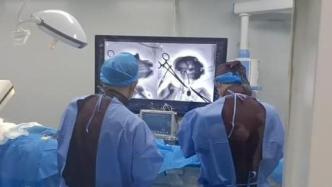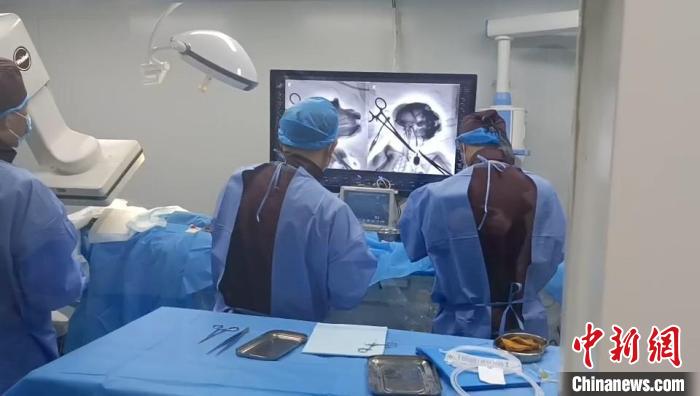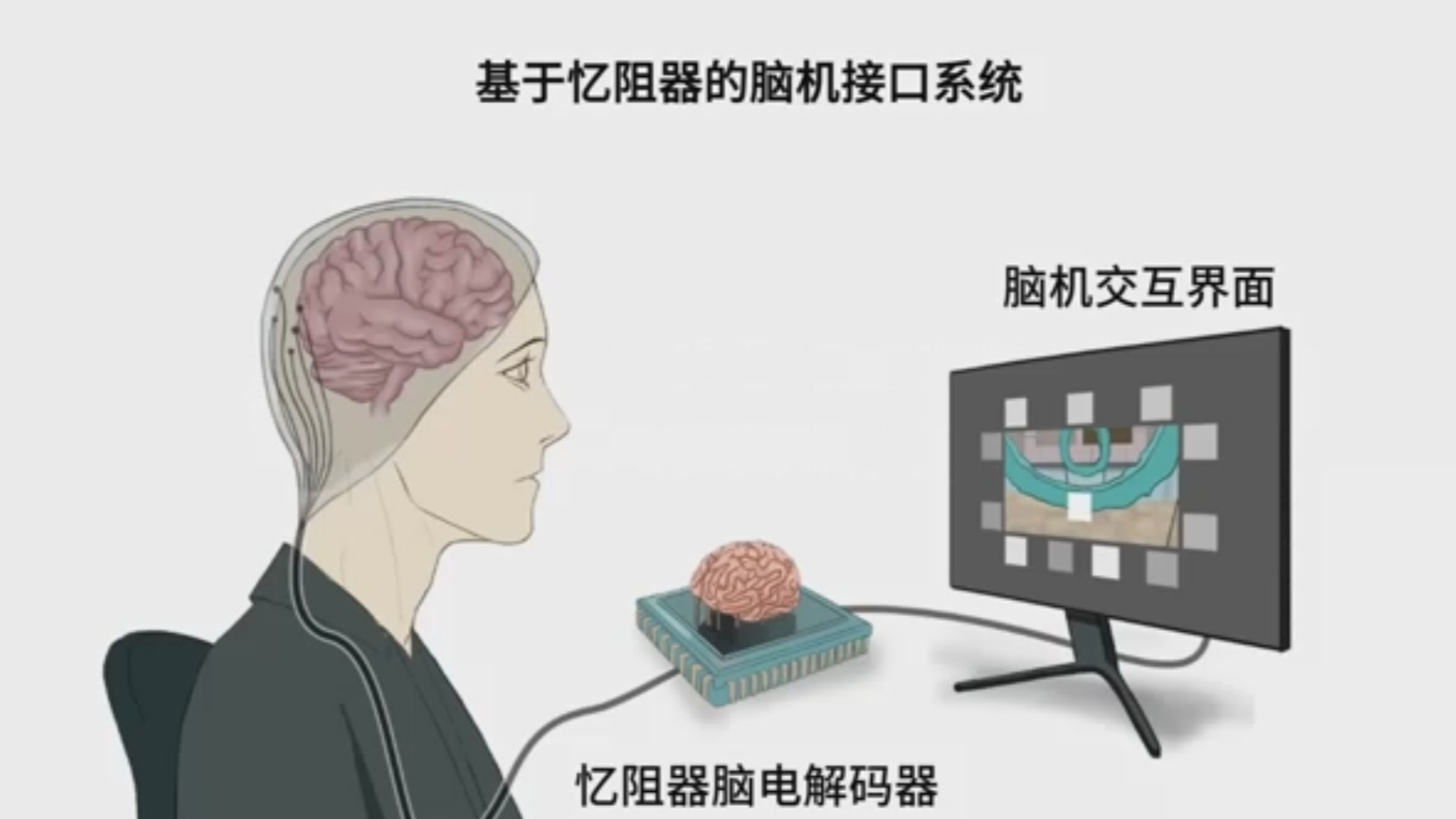

Real scene of interventional brain-computer interface non-human primate experimental operation. Photo courtesy of Nankai University
The reporter learned from Nankai University on May 5 that on May 4, the world's first non-human primate interventional brain-computer interface test led by Professor Duan Feng of Nankai University was successful in Beijing. The interventional brain-computer interface brain-controlled robotic arm is a further achievement based on the previous interventional brain-computer interface animal (sheep) experiment. Internal EEG signal acquisition, interventional EEG signal recognition and other core technologies.
It is understood that brain-computer interface technology can convert EEG signals into control instructions, thereby helping patients with motor dysfunction (such as: stroke, ALS, etc.) interact with external devices and improve their quality of life. During the research process of this technology, it was found that the invasive brain-computer interface is traumatic. For example, many test monkeys of the invasive brain-computer interface of Musk’s Neuralink company in the United States have died; non-invasive brain-computer interfaces are susceptible to brain volume conductor effects. , EEG signal long-term stability is poor. The interventional brain-computer interface developed by Professor Duan Feng's team, through interventional surgery, attaches the interventional EEG sensor to the wall of monkey brain vessels, and can collect intracranial EEG signals without craniotomy. Type and non-invasive brain-computer interface, taking into account security and recognition stability.

The experiment realized the active control of the mechanical arm by the animal through the interventional brain-computer interface. Photo courtesy of Nankai University
The interventional surgery in this trial was performed by the team of Dr. Wu Dongdong from the Neurosurgery Department of the First Medical Center of the PLA General Hospital. The interventional EEG sensor passes through the jugular vein, enters the sagittal sinus, and reaches the monkey motor cortex brain area. After the operation, the interventional EEG signals of non-human primates were successfully collected and recognized, realizing the active control of the robotic arm by the animals.
According to Professor Duan Feng, the results of the interventional brain-computer interface experiment carried out in the brains of non-human primates have promoted the advancement of interventional brain-computer interface from laboratory prospective research to clinical application, and will help promote The industrial upgrading of medical enterprises, through the combination of medicine and industry to create a national brand of high-end medical equipment, will have broad market prospects in the field of brain disease medical rehabilitation in the future.
It is reported that this experiment was jointly completed by the team of Professor Duan Feng of Nankai University, the General Hospital of the Chinese People's Liberation Army (301 Hospital) and Shanghai Xinwei Medical Technology Co., Ltd. The technology ranks among the international leading ranks.
